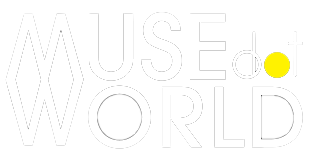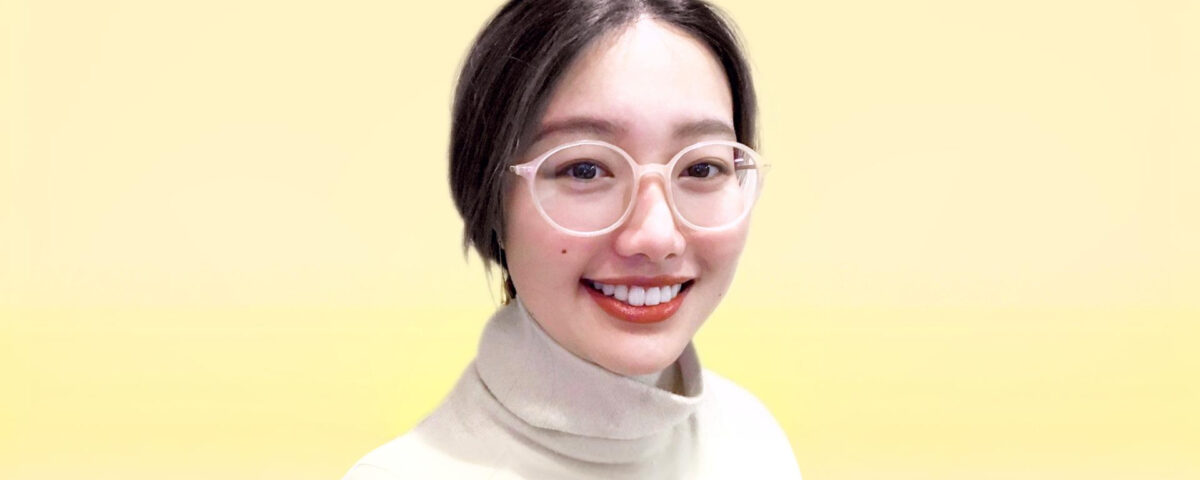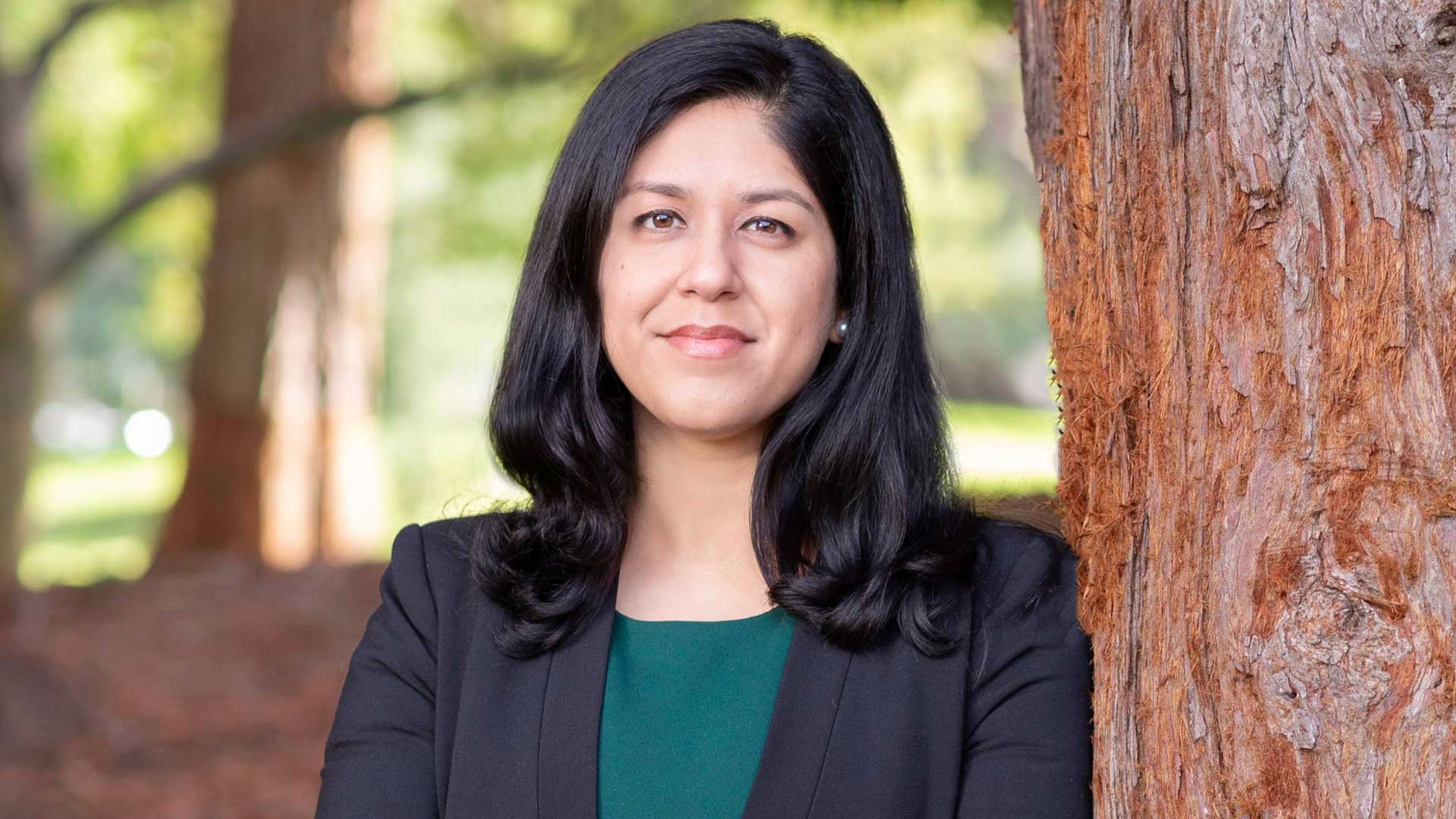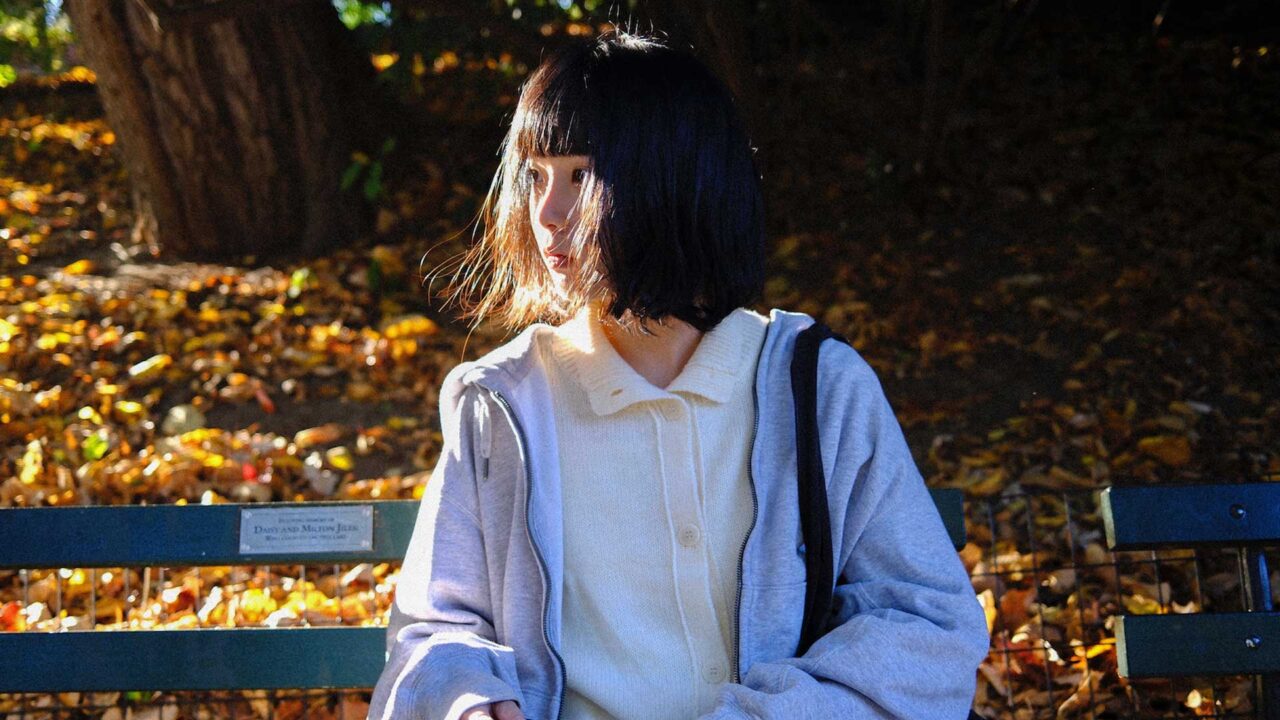Designer Spotlight: Sara Hua on Creating with Empathy

A Touch of Luxury: Tsz Ki Connie Lau’s Chinese New Year Gift Box for Les Lunes à Deux
April 15, 2025
Wenxin Li Leads DrayEasy’s Drayage Platform to New Heights in the Logistics Industry
April 15, 2025Thank you so much! I find joy in translating quiet observations into thoughtful, human-centred design. What first pulled me into this field wasn’t just aesthetics—it was the idea that design could be a gentle yet powerful way to care for people, animals, and the planet.
I grew up fascinated by documentaries of all kinds, which opened my eyes to hidden stories—of marginalised communities, ecosystems, and everyday struggles we often overlook. That curiosity stayed with me, and today it fuels my passion for creating tools and experiences that feel kind, considered, and quietly transformative.
Experimentation plays a huge role in my process—it’s where intuition meets surprise. I see it less as trial-and-error and more like playful exploration, where I test out ideas that might work, knowing that even the "wrong" ones often lead somewhere better.
With Melt, for example, the original idea started with the visual of an ice cream scoop—but translating that softness into a functional, manufacturable form took lots of tinkering. I prototyped curves, tested water flow, and kept adjusting until the shape felt both delightful and intuitive. That back-and-forth—between imagination and reality—is where the magic really happens.
I wish more people knew that not every design starts with spreadsheets or structured research—sometimes, it starts with an aha moment in the middle of everyday life. A tiny frustration, a funny coincidence, or a passing detail can suddenly click and turn into a design direction.
Those little epiphanies, drawn from lived experience, often lead to the most honest and resonant ideas. Of course, research shapes and sharpens the outcome, but the spark? That often comes when you least expect it—usually far from a desk.
I see it as a thoughtful dance between vision and collaboration. I always start by deeply understanding the client’s needs—not just what they ask for, but what they truly care about. From there, I look for overlaps between their goals and my design instincts.
When tensions arise, I try to reframe challenges as opportunities: how can we tell the story better, refine the function, or push the idea further together? It’s not about compromising creativity, but about expanding it within meaningful constraints—because great design lives where clarity, intention, and trust intersect.
One of the key challenges was ensuring that form truly informed function—making sure every curve and contour wasn't just aesthetically pleasing, but also purposeful. For example, the cap’s scoop-like shape wasn’t just a visual nod to ice cream; it guided water seamlessly into the tank, reducing spills and simplifying use.
Colour decisions were another layer of storytelling. I circled back to the world of ice cream—drawing from gelato-inspired tones to complete the brand narrative and, admittedly, indulge a bit in my own personal fantasy of imaginative flavours.
When I hit a creative block, I’ve learned not to fight it head-on. Instead, I step away—go for a walk, wander through a museum, or even just observe how people interact with the world around them. I find that inspiration often sneaks in sideways, through a surprising colour on a beetle’s shell or the choreography of people crossing a busy street.
Tuning into unrelated fields—like animal behaviour, food culture, or even zoo exhibit design—helps loosen the knots in my thinking. It’s less about forcing ideas and more about creating space for them to find me.
If I could collaborate with any designer, it would be Toshiyuki Kita. His work beautifully balances tradition and innovation, and there's a kind of quiet optimism in everything he creates. I admire how he brings soul into objects—how even a simple chair can feel alive, full of care, and culturally grounded.
I’d love to learn from his sensitivity to materials and his ability to design things that feel both timeless and deeply human. I think our shared belief in gentle, purposeful design would make for a really meaningful collaboration.
I wish more people would ask, “What feeling do you hope people walk away with?”—because for me, design is as much about emotion as it is about function. I want people to feel a sense of ease, maybe even a quiet joy, when they interact with something I’ve made.
Not in a loud or flashy way, but in a soft, “Oh, that’s nice” kind of moment. If a design can make someone smile, feel understood, or breathe a little easier—even just for a second—that’s the kind of impact I’m chasing.
Winning Entry
Melt | French Design Awards
Humidifiers are often overlooked, sitting in the background, just functional. Melt was designed to change that perception, bringing humor and emotion to a product that is... (read more here)







